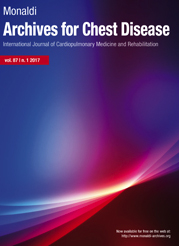The current paradigm of cardiac troponin increase among athletes
All claims expressed in this article are solely those of the authors and do not necessarily represent those of their affiliated organizations, or those of the publisher, the editors and the reviewers. Any product that may be evaluated in this article or claim that may be made by its manufacturer is not guaranteed or endorsed by the publisher.
Authors
Although it is known that exercise improves cardiovascular health and extends life expectancy, a significant number of people may also experience an elevation in cardiac troponin levels as a result of exercise. For many years, researchers have argued whether exercise-induced cardiac troponin rises are a consequence of a physiological or pathological reaction and whether they are clinically significant. Differences in cardiac troponin elevation and cardiac remodeling can be seen between athletes participating in different types of sports. When forecasting the exercise-induced cardiac troponin rise, there are many additional parameters to consider, as there is a large amount of interindividual heterogeneity in the degree of cardiac troponin elevation. Although it was previously believed that cardiac troponin increases in athletes represented a benign phenomenon, numerous recent studies disproved this notion by demonstrating that, in specific individuals, cardiac troponin increases may have clinical and prognostic repercussions. This review aims to examine the role of cardiac troponin in athletes and its role in various sporting contexts. This review also discusses potential prognostic and clinical implications, as well as future research methods, and provides a straightforward step-by-step algorithm to help clinicians interpret cardiac troponin rise in athletes in both ischemic and non-ischemic circumstances.
How to Cite

This work is licensed under a Creative Commons Attribution-NonCommercial 4.0 International License.






